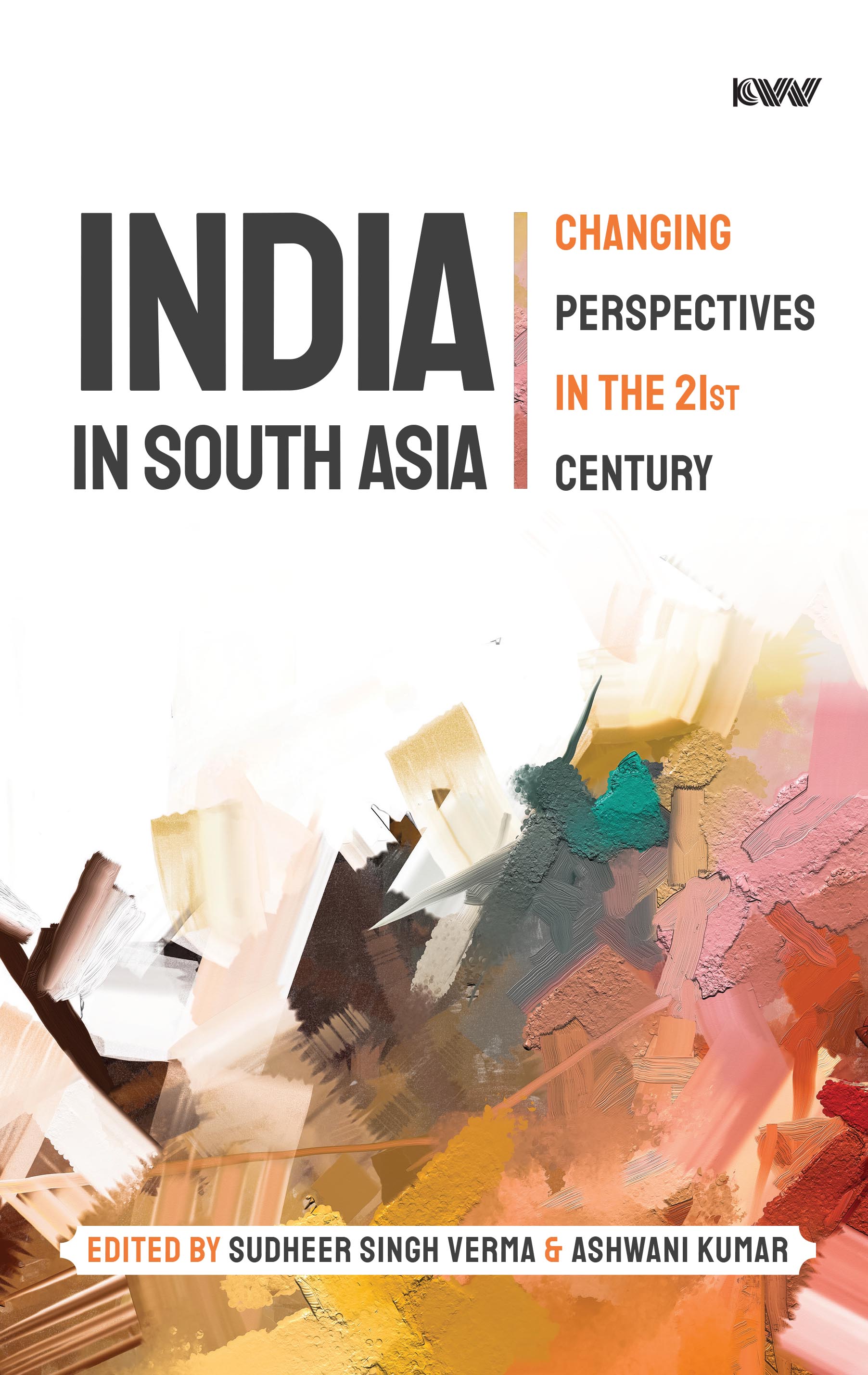The twenty-first century is witnessing the first time in history, asserting two powers—India and China in Asian continent, they are attempting to bring change in global politics. India is the biggest country in the South Asian subcontinent. The other six countries are not positive about the role of India in the subcontinent. As, Bhabani Sen Gupta in 1984 described the prevalent such perspectives as “the Big Brother Syndrome”. The spatial dimensions of the present work, however, extend to the South Asian subcontinent and beyond that up to China, but the central point of the discussion revolves around India’s increasing role in cooperation and collaboration in resolving regional political and security issues. The book has captured diverse dimensions of an actor (India) such as demographic, social and cultural, economic, political, technological, and ecological, which employed for positively engaging with other actors in the region. The contributors in the book see links and convergences between their perspectives. Their perceptions of the India’s role (of an actor) reflect new openness to internal and external influences that has led to change in the existing perspectives about the actor (India) in the region (South Asia).
Editors: Sudheer Singh Verma • Ashwani Kumar
Dr. Sudheer Singh Verma is an Assistant Professor at Department of South and Central Asian Studies, Central University of Punjab, Bathinda. He owned PhD degree from Jawaharlal Nehru University, New Delhi. He has published various research articles on themes/issues relating to international relations in peer-reviewed and refried national and international journals and chapters in the edited books.
Dr. Ashwani Kumar is an Assistant Professor at Department of History, Central University of Punjab, Bathinda. He has obtained his degree of Doctor of Philosophy from Panjab University, Chandigarh. His areas of research interest are Archaeology, Epigraphy, Numismatics, Social and Economic History of Ancient India. He has published various research articles in peer-reviewed and referred national and international journals and chapters in the edited books.
Contents
Acknowledgements
Contributors
Introduction by Sudheer Singh Verma and Ashwani Kumar
1. Demographic Boon to Demographic Dividend: Road to Success for India
MamtaLamba
2. Economic Growth and Development of BRICS Countries: A Study of India
Vijay Kumar and Rakesh Kumar Gautam
3. Big Brother Syndrome: Inter-State Conflict AmongSAARC States
Bhawna Sharma
4. Emergence of Subregionalism in South Asia and Role of India
Subodh Chandra Bharti
5. China’s Interventions in the Indian Subcontinent: Challenges for Modi’s Foreign Policy
Arshad
6. China’s Outreach in South Asia: A Threat or An Opportunity for India
Monika Gupta
7. Sino-India Energy Diplomacy in Central Asia: Issues and Challenges for India
Raghavendra Pratap KushwahaandBishwajeet Prakash
8. India’s Diplomacy in South Asia: Changing Trends in the 21st Century
Rajesh Kumar Singh
9. Conflict in Afghanistan: A Study of Khaled Hosseini’s The Kite Runner
Hilal Ahmad Kumar
10. Post-9/11 India’s Role In Re-constructing Afghanistan: An Analysis
Abdul Rouf Bhat andMudasirMubarik
11. Repercussion of Science and Technology on Counterterrorism/Counter-Insurgency in India
Alok Kumar
12. Resolution or Management: What Suits South Asian Conflicts
DebendraSahu
13. Quest for Water: Role of China in India’s Hydropolitics in South Asia
Robinson Hembrom
14. Water Wars in South Asia
Sandeep Kaur
15. Cooperative Security in South Asia
Victor Sathyadas


 Political Science
Political Science
